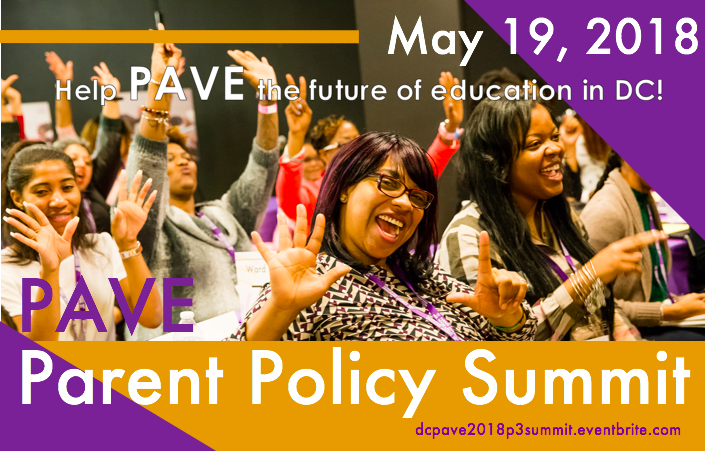 There is a very distinct air that surrounds you when you live in financial stress. I grew up in a household with a single mother and three kids, and the anxiety over money was ever-present. When my oldest daughter entered the DC public school system in 2011, I recognized that distinction in the air: That near-constant worry that there weren’t enough funds.
There is a very distinct air that surrounds you when you live in financial stress. I grew up in a household with a single mother and three kids, and the anxiety over money was ever-present. When my oldest daughter entered the DC public school system in 2011, I recognized that distinction in the air: That near-constant worry that there weren’t enough funds.
Every student in DC deserves to attend an adequately funded — heck, adequacy is the bare minimum — school. Yet the Uniform Per Student Funding Formula (UPSFF), the baseline funding level for DC public school students, is not at that level, and at-risk students are particularly under-served. (At-risk is defined as students who experience homelessness, are in foster care, receive public benefits like SNAP or TANF, and, for high school students, are two or more years behind.)
While the Mayor added 3 percent to the UPSFF last year (a partial win for students, considering the pandemic), there is still a gap of $348 per student between what the city budgets and recommendations outlined in the DC Education Adequacy Study, when adjusted for inflation. At-risk funding is currently $1,511 per student lower than the recommended level.
That’s unconscionable. The Adequacy study was completed in 2013, the same year at-risk weight was added to the per-pupil funding. We’ve had eight years to catch up.
Not only is the current at-risk weight far below what is needed, but because funding overall is insufficient, DC schools routinely divert at-risk funds to cover other costs for the school.
THE STATS
It’s not just about adding dollars: It’s about spending those dollars mindfully to close the gaps between east and west, Black and white.
- In 2019, 47% of DC students were considered at-risk. Schools that have the most at-risk students, where at-risk student populations are 70% or more, are concentrated in Wards 7 and 8.
- The academic gap between at-risk students and their counterparts is 30%, according to PARCC ELA and math scores.
- While at-risk students and students of color are falling behind, white students are gaining faster than before the pandemic in some areas. In reading, at-risk students only grew by 58% from last school year, while, on average, white students grew by 176%.
WHAT DO WE DO?
The racial and economic disparity in DC will never be erased until we offer equitable resources and a commitment and dedication to spending resources wisely. There is no greater long-term investment we can make as a city than in our children.
- Do we fundamentally change how our funding works and move from the comprehensive staffing model DC uses now so that principals have more autonomy in how funds are spent? I think it’s a debatable point.
- We can continue to advocate and testify and put pressure on the Mayor, Chancellor, and DC Council to move the money away from corporate interests and to instead prioritize schools, a push that will have to be relentless now that the Committee on Education has been dissolved. I’m feeling hopeful that the newest council members are allies in this movement.
- Some council members have already expressed defeat in a tight budget season, but it CAN be done. We have federal stimulus money on the horizon and other sources of revenue can be found.
- Do we tax our wealthiest neighbors, neighbors whose students attend fully-funded and high achieving schools so that we can finally inch towards equity in our city given the gross inadequacies?
I think it’s clear where I stand: It’s a resounding yes.
I’m optimistic because of our advocacy efforts. But I still worry about children all over the city walking into their schools and feeling stress in the air.
By Meaghan Mountford, Citywide Board member and Ward 4 PLE Board member

